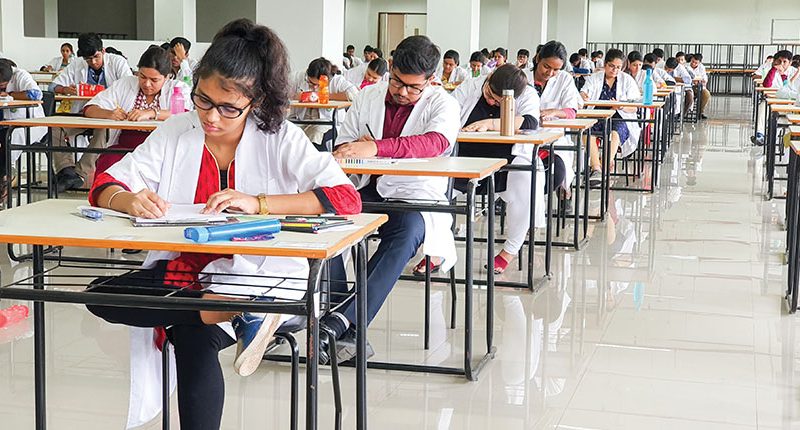At the Crossroads
The Ministry of Health’s decision to lower the NEET PG cut-off to zero percentile has sent shockwaves among the medical community. This seismic shift in the cut-off criteria is poised to have far-reaching consequences for the future of medical education and healthcare in India……
By Abhigyan and Anubhav
The .decision of the Medical Counselling Committee (MCC), responsible for allotting the post-graduation seats for medical education through NEET-PG exam, to lower the NEET PG cut-off to zero percentile represents a crucial moment in the annals of medical education in India. With a zero percentile benchmark, anyone who has appeared for NEET-PG is now eligible to enrol in postgraduate courses. This includes those with negative marks. The reverberations of this decision will unfurl in the years ahead, significantly influencing the quality of healthcare and the prospects of burgeoning medical practitioners in the country.
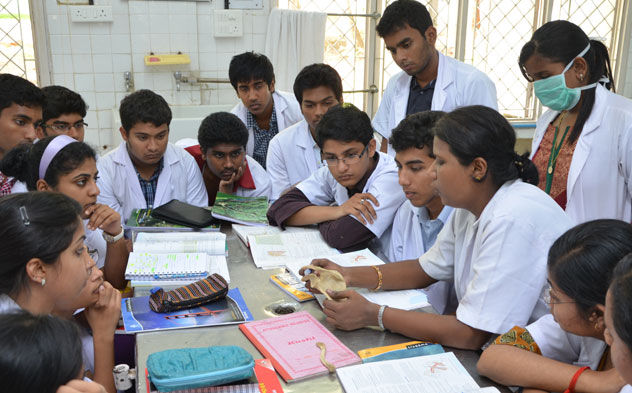
With this move, doctors have been divided into two groups. Some have welcomed the move while others have decried it as a mockery of the healthcare system. However, approval of zero percentiles comes after doctors across the country had been demanding a reduction in the NEET-PG 2023 cut-off criteria. The Federation of Residents Doctors Association (FORDA) and the Indian Medical Association (IMA) had written to the health ministry to lower the cut-off. The IMA pointed out that the move would ensure that not a single seat in a postgraduate program in various medical colleges across the country goes vacant while FORDA believed that it relieves numerous medical students who are in a state of flux due to these uncertainties
However, foremost among the concerns voiced by medical professionals is the potential surge in the commodification of postgraduate seats in private medical institutions. While government medical colleges charge nominal annual fees, private counterparts can demand astronomical sums, often reaching a staggering one crore rupees for the same program.
One of the paramount concerns is that affluent candidates with lower scores may secure admission to private medical colleges, while academically accomplished students unable to afford steep tuition fees may find themselves relegated to the sidelines. This disturbing trend raises the spectre of meritorious yet financially constrained students forfeiting their aspirations, as their economically advantaged peers with lower scores secure coveted postgraduate placements.
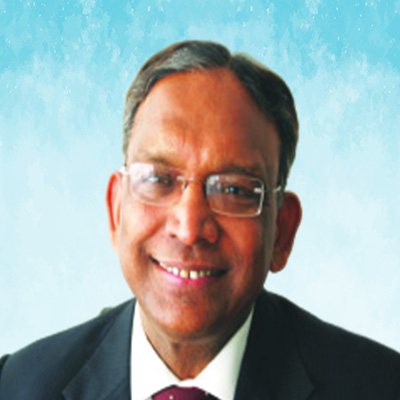 Dr Vinay Agarwal, past national president of IMA, underscores the increased risk of seat trading in private medical institutions. He says, “The change in eligibility is likely to result in affluent candidates gaining admission to private colleges, even if their scores are lower than those of other applicants. This means that meritorious students who cannot afford the high fees may be left behind, while those with lower scores can secure admission to private colleges if they have the financial means. So, undoubtedly this change could lead to increased trading of seats in private medical colleges.”
Dr Vinay Agarwal, past national president of IMA, underscores the increased risk of seat trading in private medical institutions. He says, “The change in eligibility is likely to result in affluent candidates gaining admission to private colleges, even if their scores are lower than those of other applicants. This means that meritorious students who cannot afford the high fees may be left behind, while those with lower scores can secure admission to private colleges if they have the financial means. So, undoubtedly this change could lead to increased trading of seats in private medical colleges.”
Dr Neeraj Nagpal, Convenor of the Medicos Legal Action Group and former President of the Indian Medical Association (IMA), expresses astonishment at the decision, asserting, “We are shocked to see such a notice released by the Ministry of Health regarding the NEET PG cut-off. It is ridiculous to see zero percentile candidates are eligible for getting a postgraduate seat.”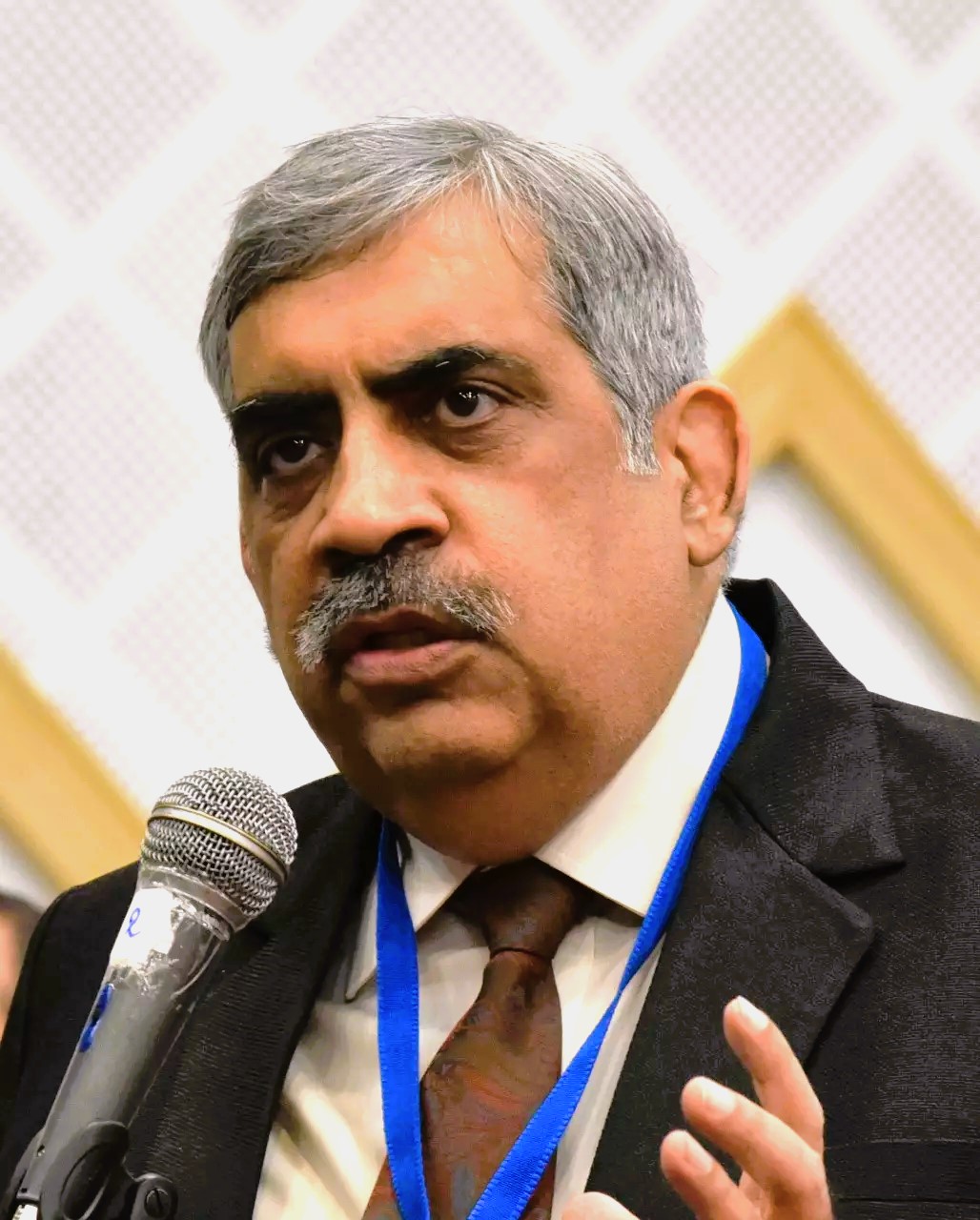
Ownership of Medical Education
Ownership of private medical colleges and the regulation of medical education have become subjects of intense scrutiny. Some argue that politicians and their associates have vested interests in these colleges. The National Medical Commission (NMC), comprising nominees of these very politicians, wields significant influence in determining which institutions meet the requisite infrastructure and faculty criteria. This sphere of influence extends to establishing the cut-off marks for MBBS entrance examinations.
Dr Nagpal raises pointed questions about the rationale behind these determinations, emphasising the substantial investment in terms of time and finances that medical students make to complete their MBBS. This presents a glaring conflict of interest wherein the same politicians who own private medical colleges are instrumental in shaping decisions that reverberate across the entire medical education landscape.
Quality vs. Quantity in Medical Education
The prolific establishment of medical colleges, both public and private, has swelled the number of MBBS seats to approximately 104,333, distributed across 681 institutions. This scenario prompts a critical query: does the nation genuinely require such a surplus of doctors, and should the benchmark of a 1:1000 doctor-patient ratio take precedence over educational quality?
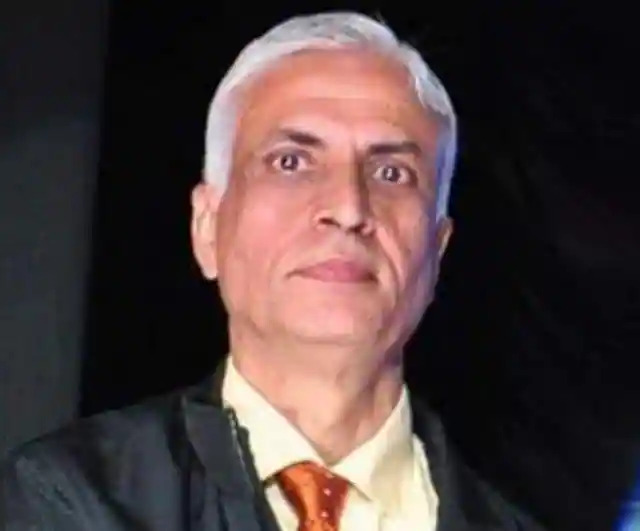 Dr A P Setia, Past State President of IMA, Haryana, highlights that lowering the standards of medical education to such an extent represents an unprecedented departure from the medical education history. The rush to institute medical colleges, sans adequate infrastructure and faculty, has raised formidable doubts about the calibre of medical education and patient care. He says, “Intellectuals are shocked to learn that medical graduates who appeared for NEET PG this year and could not secure any positive marks, in the examination, have been made eligible to get admission to various postgraduate courses in medical sciences, by an amendment in the admission policy. This phenomenon of zero percentile, has become talk of inter doctors group discussions. Even the media has highlighted it through editorials and special stories. Lowering of the standards of medical Education to that extent is unheard of in the history of medical education, in my experience of more than four decades in the profession.”
Dr A P Setia, Past State President of IMA, Haryana, highlights that lowering the standards of medical education to such an extent represents an unprecedented departure from the medical education history. The rush to institute medical colleges, sans adequate infrastructure and faculty, has raised formidable doubts about the calibre of medical education and patient care. He says, “Intellectuals are shocked to learn that medical graduates who appeared for NEET PG this year and could not secure any positive marks, in the examination, have been made eligible to get admission to various postgraduate courses in medical sciences, by an amendment in the admission policy. This phenomenon of zero percentile, has become talk of inter doctors group discussions. Even the media has highlighted it through editorials and special stories. Lowering of the standards of medical Education to that extent is unheard of in the history of medical education, in my experience of more than four decades in the profession.”

Impact on Postgraduate Medical Seats
The reduction of the NEET PG cut-off to zero percentile is ostensibly aimed at ameliorating the issue of unoccupied postgraduate seats. Data from the Medical Counselling Committee (MCC) indicates that in prior academic years, thousands of postgraduate seats remained vacant, especially in non-clinical specialties due to the dearth of qualified faculty.
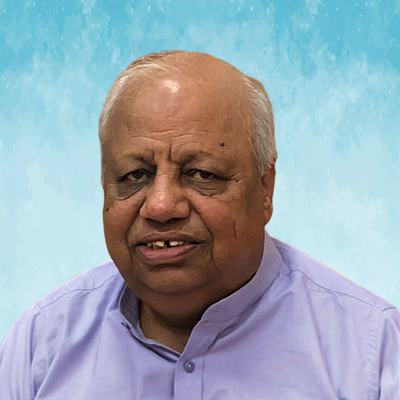 Dr A K Agarwal, Medical Advisor at Apollo Group of Hospitals, posits that this decision might exacerbate the problem of vacant positions. The sudden surge in the number of postgraduate seats could potentially precipitate a demand-supply imbalance in the long run. He says, “With this, any student who appears for the NEET PG exam will be eligible to attend the counselling process, unless they get a negative percentile. Prior to this, the cut-off percentile for students from general/unreserved categories was 50, while it was 45 for persons with disability and 40 for students of other reserved categories. The sudden increase in the number of post-graduate seats may also contribute to the high number of vacancies.”
Dr A K Agarwal, Medical Advisor at Apollo Group of Hospitals, posits that this decision might exacerbate the problem of vacant positions. The sudden surge in the number of postgraduate seats could potentially precipitate a demand-supply imbalance in the long run. He says, “With this, any student who appears for the NEET PG exam will be eligible to attend the counselling process, unless they get a negative percentile. Prior to this, the cut-off percentile for students from general/unreserved categories was 50, while it was 45 for persons with disability and 40 for students of other reserved categories. The sudden increase in the number of post-graduate seats may also contribute to the high number of vacancies.”
Similarly, Dr Shailendra Patil, Senior Orthopaedic Surgeon, Nasik, says, “Substantial increase in post-graduate seats could be a factor in the current high vacancy rate. While it may appear advantageous in the short term, in the long run, this could result in a demand-supply mismatch, similar to the situation faced by technical graduates.” 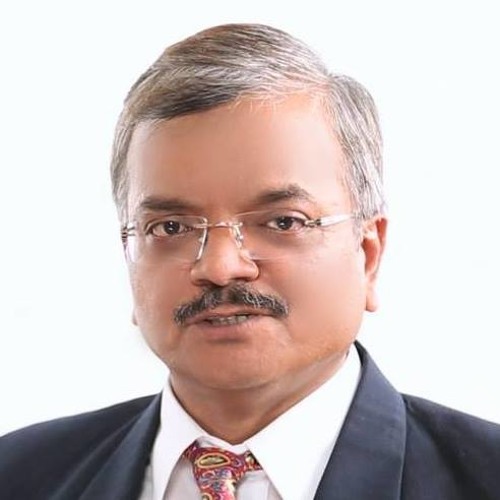
Pertinently, in the 2020-21 academic sessions, there were 55,495 post-graduate seats with 1,425 remaining vacant after mop-up and stray rounds of counselling. In 2021-22, with 60,202 seats, 3,744 seats went unfilled. Data from the Union Health Minister indicates that the number of post-graduate seats increased to 64,059 for the 2022-23 session and further to nearly 68,000 for the current session.
Dr S P Yadav, Senior Urologist at Pushpanjali Hospital, Gurgaon, believes, “The removal of the eligibility cut-off for NEET-PG has raised significant questions and concerns in the medical education community. While it opens up opportunities for a wider range of candidates, challenges such as seat availability, potential disparities in admissions, and the impact on private colleges need to be carefully considered and addressed to ensure the fairness and effectiveness of the medical education system.”
The Way Forward
While the elimination of the eligibility cut-off for NEET PG ostensibly seeks to broaden the horizons of a more expansive candidate pool, it poses inescapable questions concerning seat availability, disparities in admission, and the ramifications for private colleges. It has ignited a passionate discourse within the medical community. As the debate rages on, it remains imperative to strike a delicate equilibrium between accessibility and the preservation of elevated standards in medical education, all in the name of fortifying the efficacy of the healthcare system.
The medical community finds itself at a crossroads, where the pursuit of academic excellence, ethical training, and equitable access must be delicately balanced. The future of healthcare in India hinges on finding a solution that ensures that meritorious students can pursue their dreams, the sanctity of medical education remains unblemished, and the healthcare system thrives. It is a complex challenge, and the discussions surrounding it will shape the path forward for generations of aspiring doctors and the health of the nation.

